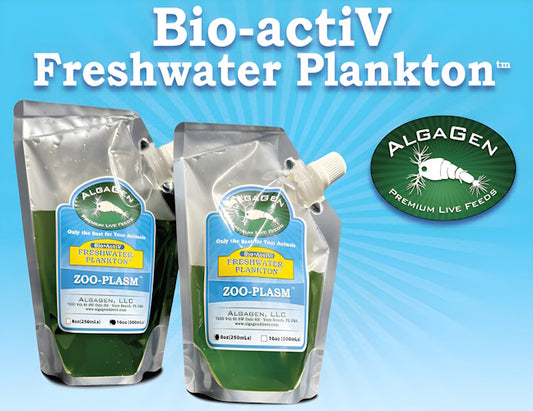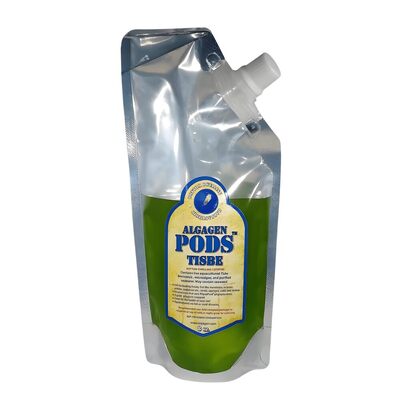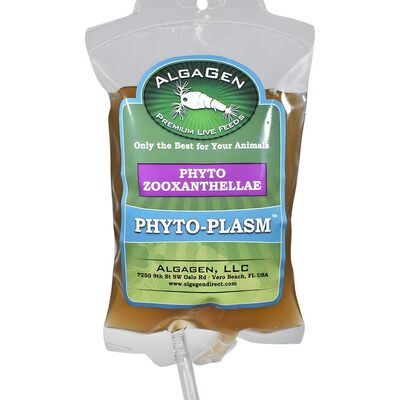Selecting the ideal aquarium size is a foundational step in creating a successful and enjoyable fishkeeping hobby. The right size depends on the space available in your home, the species you want to keep, your level of experience, and how much maintenance you are willing to perform. Here’s a guide to help you choose the perfect tank size for your needs.
Consider Your Available Space
Measure the area where you plan to place your aquarium. Don’t forget to account for equipment like stands, filters, and lighting. Larger tanks require sturdy stands and may need special flooring support.
Think About Your Experience Level
- Beginners: Starting with a 10 to 20-gallon tank is ideal—easier to maintain and less costly.
- Intermediate Hobbyists: Tanks between 20 and 50 gallons offer more options for diverse species and aquascaping.
- Advanced Hobbyists: Large tanks above 50 gallons provide space for complex ecosystems and larger fish.
Fish Species and Tank Size
Research the adult size and swimming needs of the fish you want. Some species require more space and stable water parameters found in larger tanks.
Maintenance Considerations
Larger tanks typically offer more stable water chemistry but require more water and energy for heating and filtration. Smaller tanks can be more demanding in terms of frequent monitoring and water changes.
Quick Reference Table: Aquarium Sizes and Suitability
| Tank Size | Recommended For | Pros | Cons |
|---|---|---|---|
| 5-10 gallons | Small fish, shrimp, beginners | Compact, low cost | Requires frequent water changes, less stable |
| 10-20 gallons | Beginners, small community fish | Manageable maintenance, more stable | Limited species options |
| 20-50 gallons | Intermediate hobbyists, diverse species | Stable environment, variety of fish | Higher initial cost and space need |
| 50+ gallons | Advanced hobbyists, large fish or reefs | Highly stable, complex displays | Expensive, requires space and equipment |
FAQs: Choosing Aquarium Size
Q: Can I keep small fish in a large tank?
A: Yes, larger tanks can house small fish well and offer more stable water conditions.
Q: Is a nano tank a good starter?
A: Nano tanks are attractive but need diligent care due to instability in water parameters.
Q: How do I prepare my home for a large aquarium?
A: Ensure sturdy flooring, accessible water source, and electrical outlets close by.
Pro Tips for Tank Size Selection
- Choose a tank size that fits your lifestyle and commitment level.
- Consider future expansion before investing.
- Plan aquarium location carefully to avoid temperature fluctuations and direct sunlight.
“Pick the right size aquarium for your home, and you’ll set the foundation for years of aquatic enjoyment.”
Further Reading & Product Spotlight
For aquarium setup essentials, explore Top Live Feeds for Thriving Aquariums and consider boosting your tank’s natural bio-load with products like Bio-actiV Freshwater Plankton™.
Conclusion
Choosing the right aquarium size involves balancing space, species needs, maintenance, and your aquarium goals. The perfect size sets you up for a beautiful, healthy aquatic world.





Recent post